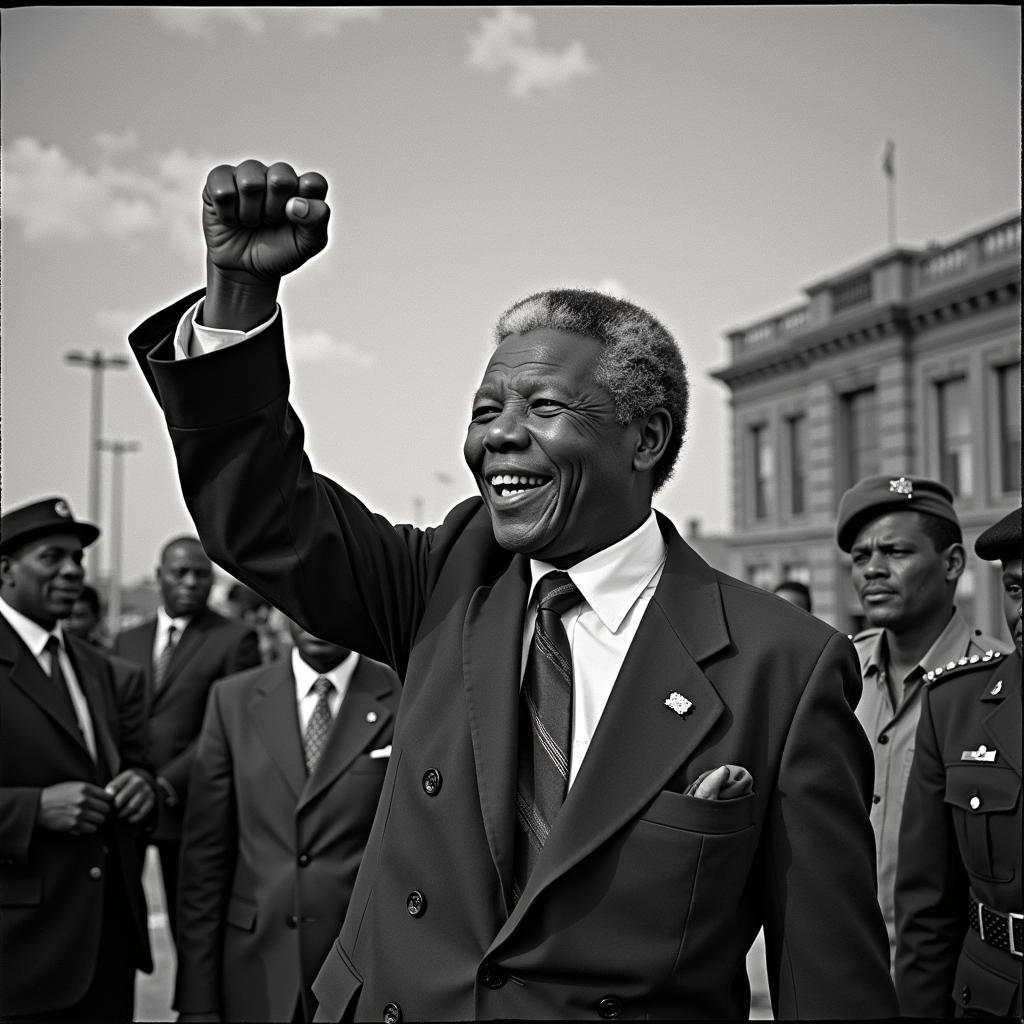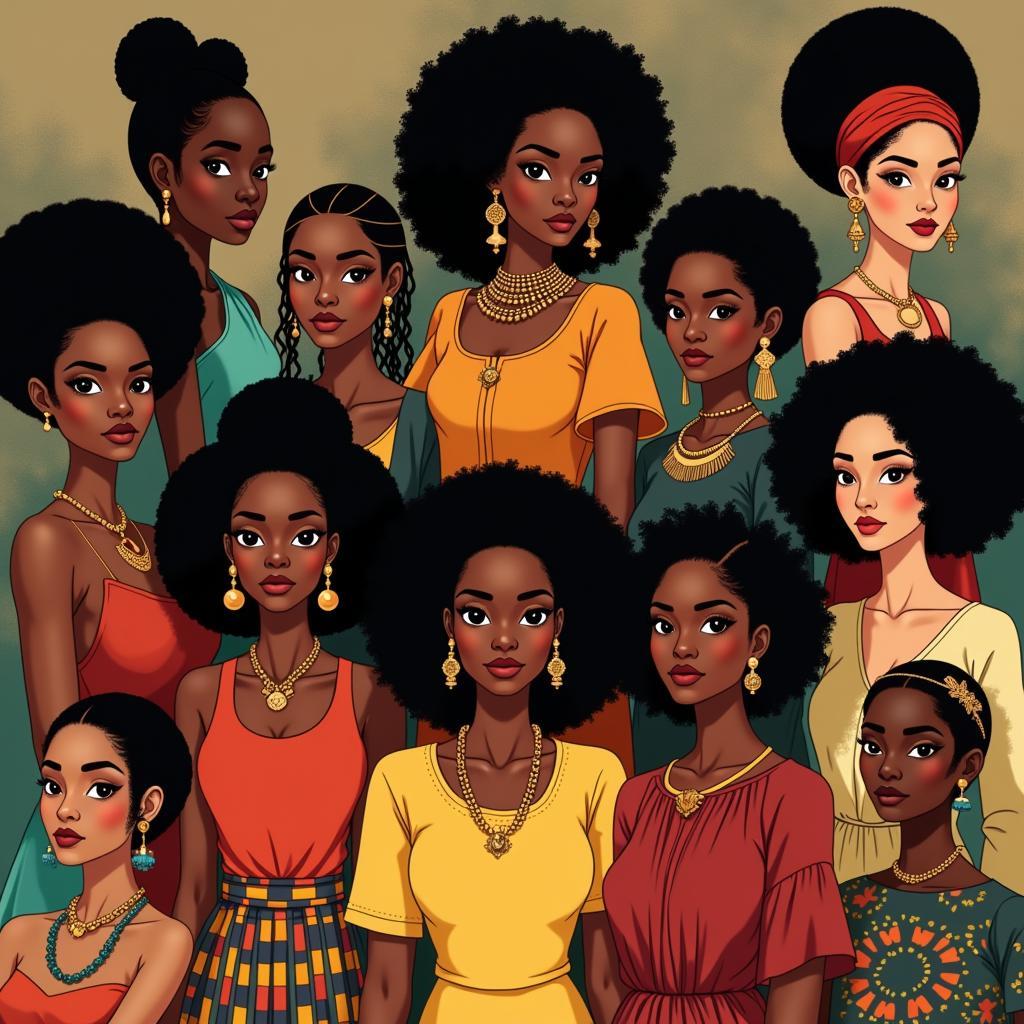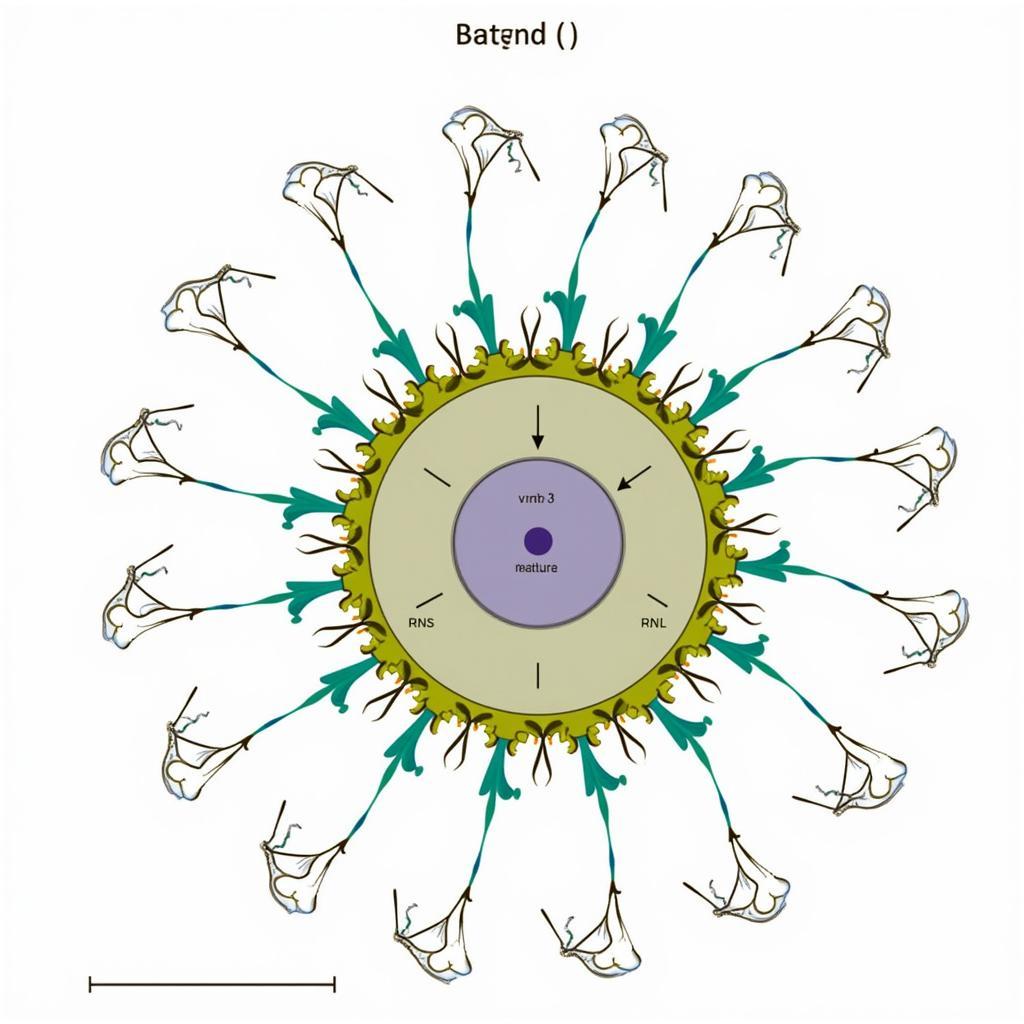The Dawn of Darkness: 1948 and the Rise of Apartheid in South Africa
The year 1948 marked a turning point in South Africa’s history, a year when the nation took a tragic step towards institutionalized racial segregation with the election victory of the Afrikaner National Party. This victory set in motion the implementation of apartheid, a system that would brutally shape the country’s social, political, and economic landscape for decades to come.
While racial discrimination had existed long before 1948, the newly elected National Party formalized it into law, making South Africa a pariah state in the eyes of the world. The Population Registration Act of 1950 was a cornerstone of this system, classifying all South Africans by race – White, Bantu (Black African), Coloured (mixed race), and Indian. This classification determined every aspect of an individual’s life, from where they could live and work to who they could marry.
A Nation Divided: The Impact of Apartheid Laws
The Group Areas Act of 1966 was particularly devastating, leading to the forced removals of millions of non-white South Africans from their homes. Vibrant, multi-cultural communities were torn apart as people were segregated into designated areas based solely on their race. The impact of this legislation is still felt today in the spatial inequalities that persist in post-apartheid South Africa.
Beyond the physical separation, apartheid laws permeated every facet of society. The Bantu Education Act of 1953 created a deliberately inferior education system for Black South Africans, designed to limit their opportunities and keep them subservient to the white minority. The Prohibition of Mixed Marriages Act of 1949 and the Immorality Act of 1957, which outlawed sexual relationships between people of different races, were blatant attacks on the fundamental human right to love and partnership.
A Legacy of Resistance: The Fight for Freedom
Despite the brutal realities of apartheid, the spirit of resistance never died. The African National Congress (ANC), along with other anti-apartheid organizations, led a courageous and unwavering fight for equality. From peaceful protests to armed struggle, the movement gained momentum both within South Africa and internationally.
Figures like Nelson Mandela, Walter Sisulu, and Oliver Tambo became symbols of hope, not only for South Africans but for oppressed people around the world. Their sacrifices, including decades spent imprisoned for their beliefs, serve as a testament to the enduring human spirit in the face of injustice. To learn more about the struggle against apartheid, read more explain the struggle of the south african people against apartheid.
The international community played a crucial role in dismantling apartheid. Economic sanctions, cultural boycotts, and condemnation from global leaders added significant pressure on the South African government.
1994: A New Dawn for South Africa
After years of struggle and sacrifice, South Africa finally held its first multi-racial elections in 1994. The ANC’s victory, with Nelson Mandela as the nation’s first Black president, marked the end of apartheid and the beginning of a new era. To learn more about the 1948 South African election that set these events in motion, visit 1948 south african election.
However, the legacy of apartheid continues to cast a long shadow. The social, economic, and spatial inequalities engendered by decades of systemic discrimination still need to be addressed.
 Nelson Mandela Celebrating Freedom
Nelson Mandela Celebrating Freedom
“The truth is that we are not yet free; we have merely achieved the freedom to be free, the right not to be oppressed. We have not taken the final step of our journey, but the first step on a longer and even more difficult road.” – Nelson Mandela, 1994
Mandela’s words serve as a reminder that the journey towards true equality is ongoing. Reconciliation, social justice, and economic empowerment remain critical objectives for South Africa as it navigates the complexities of its post-apartheid reality.



